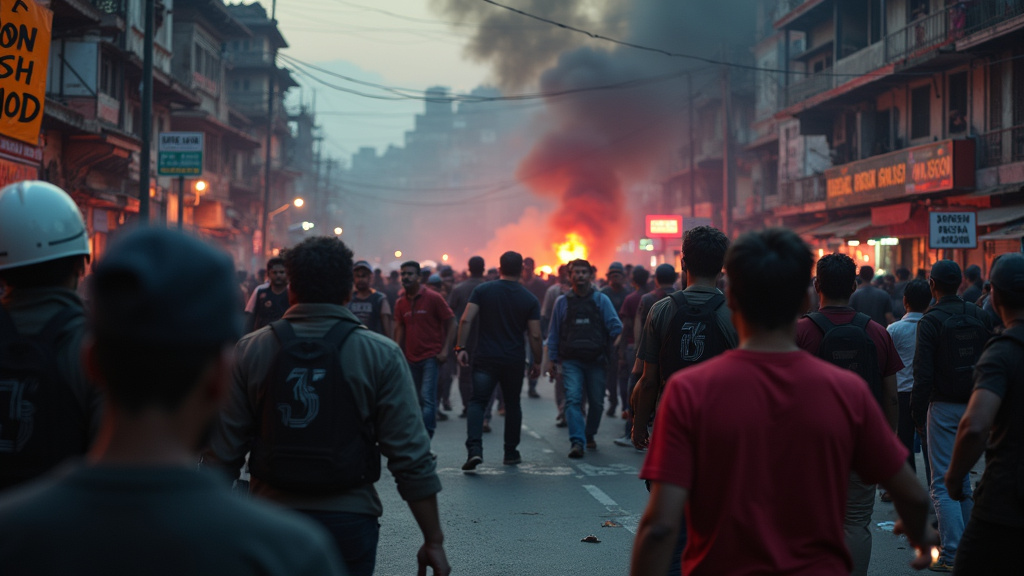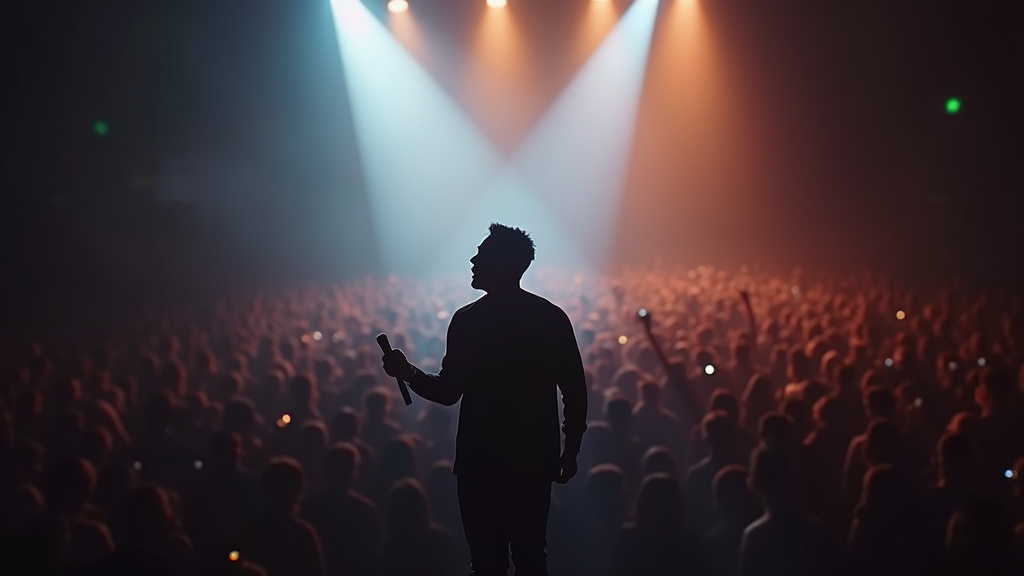Kathmandu, Nepal – September 9, 2025 – Nepal’s Prime Minister KP Sharma Oli announced his resignation on Tuesday, succumbing to immense pressure following two days of unprecedented, violent protests that have shaken the Himalayan nation. The unrest, largely spearheaded by a new generation of young activists dubbed ‘Gen Z protesters’, led to at least 19 deaths and hundreds of injuries, with chaotic scenes unfolding across the capital and major cities. The immediate trigger for the widespread demonstrations was a controversial government ban on 26 social media platforms, but the movement quickly evolved into a powerful outcry against deep-seated corruption, nepotism, and perceived authoritarianism within the ruling establishment. The news of Oli’s departure sent ripples through the country, highlighting a significant political crisis.
The Social Media Ban: A Digital Catalyst
The government’s abrupt decision to block access to popular social media sites, including Facebook, X (formerly Twitter), YouTube, and WhatsApp, on September 4, 2025, was intended to enforce regulatory compliance. However, it was widely perceived as an attempt to stifle dissent and control information flow, especially as an online movement critical of political elites was gaining traction. This move acted as the spark that ignited simmering public frustration, transforming online discontent into mass street action. Despite the government lifting the ban late on Monday night in an apparent bid to de-escalate tensions, the damage was done, and protests continued with renewed ferce. The social media ban, though temporary, put the government directly in the spotlight for its restrictive policies.
Deeper Roots: Corruption and Generational Anger
While the social media shutdown served as the proximate cause, the underlying grievances fueling the ‘Gen Z protests’ ran much deeper. Years of perceived corruption, cronyism, and a lack of economic opportunities have fostered widespread disillusionment among Nepal’s youth. A viral online campaign, known as the ‘Nepo Kid’ movement, had gained significant momentum, exposing the extravagant lifestyles of the children of politicians and influential figures, contrasting sharply with the struggles of ordinary young Nepalis seeking jobs and a dignified future. Protesters chanted slogans such as “KP Chor, Desh Chhod” (KP thief, quit the country) and “Act Against Corrupt Leaders,” making it clear that their anger was directed at systemic issues and not just a single policy.
‘Gen Z’ Takes to the Streets
These protests are considered among the most widespread and impactful in Nepal’s recent history. Led by a digitally-native generation, the ‘Gen Z protesters’ organized rapidly, utilizing social media platforms to mobilize and share information. Their demands extended beyond the social media ban, calling for the resignation of Prime Minister Oli, accountability for the violence, the dissolution of parliament, and fresh elections. The energy and determination displayed by the youth have made this a trending topic both domestically and internationally, marking a significant moment of youth empowerment and activism in Nepal.
Escalation and Violence Erupt
What began as largely peaceful demonstrations quickly devolved into violent clashes. Reports indicate that police forces responded with tear gas, rubber bullets, and, according to human rights organizations, live ammunition, resulting in a tragic death toll of at least 19 and over 300 injured. In a dramatic display of public anger, demonstrators stormed and set fire to the federal parliament building in Kathmandu, as well as the Prime Minister’s private residence and the homes of several other senior political leaders and party headquarters. The capital experienced significant disruption, with Kathmandu’s international airport temporarily closed due to smoke and security concerns, and curfews imposed in affected areas.
Political Fallout and Resignations
The escalating violence and public outcry had immediate repercussions within the government. Home Minister Ramesh Lekhak resigned on Monday evening, citing moral responsibility for the killings. This was followed by a wave of resignations from other ministers and Members of Parliament from various parties, who cited the government’s perceived mishandling of the crisis and its response to the protesters. Ultimately, Prime Minister KP Sharma Oli announced his resignation on Tuesday afternoon, stating his intent to “facilitate a solution to the problem and help resolve it politically.” His departure leaves Nepal in a state of political flux, with questions looming about the formation of a new government and the path forward.
A Nation’s Uncertain Future
Nepal has a historical context of youth-led movements that have challenged authoritarianism and demanded democratic reforms. The current events echo past struggles for change, underscoring a recurring tension between the populace and its political leadership. The resignation of Prime Minister Oli marks the end of a significant chapter, but the underlying issues of corruption, governance, and economic disparity remain unresolved. As the nation grapples with this immediate crisis, the news of these protests serves as a stark reminder of the growing demand for accountability and systemic change, with the ‘Gen Z’ movement having brought these issues into sharp spotlight. The future of Nepal’s fragile democracy now rests on how effectively the political class can address the deep-seated grievances that have brought the country to this critical juncture. The hyped events of the past few days have undeniably reshaped the political landscape, and the demands of the youth are unlikely to be silenced easily.





